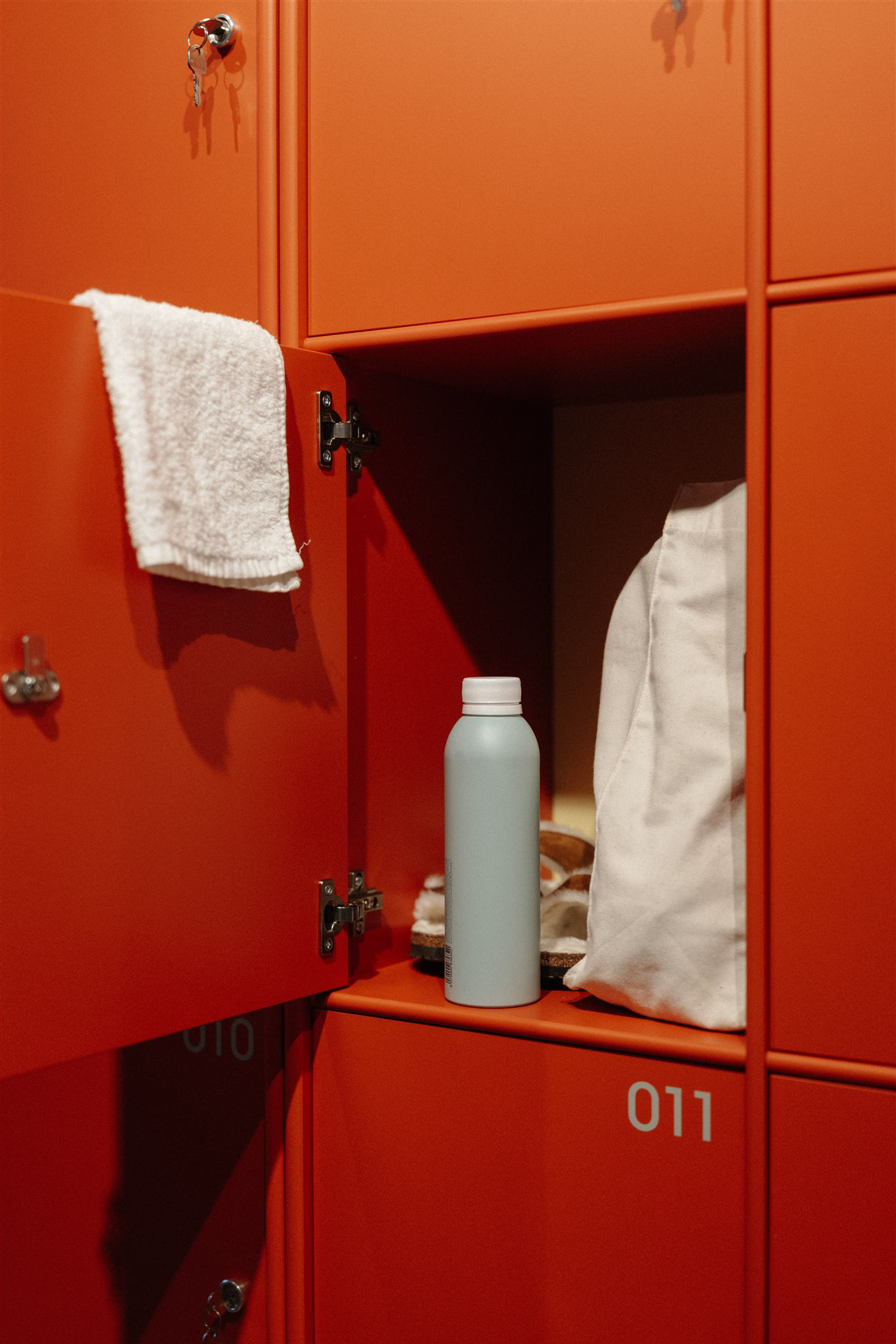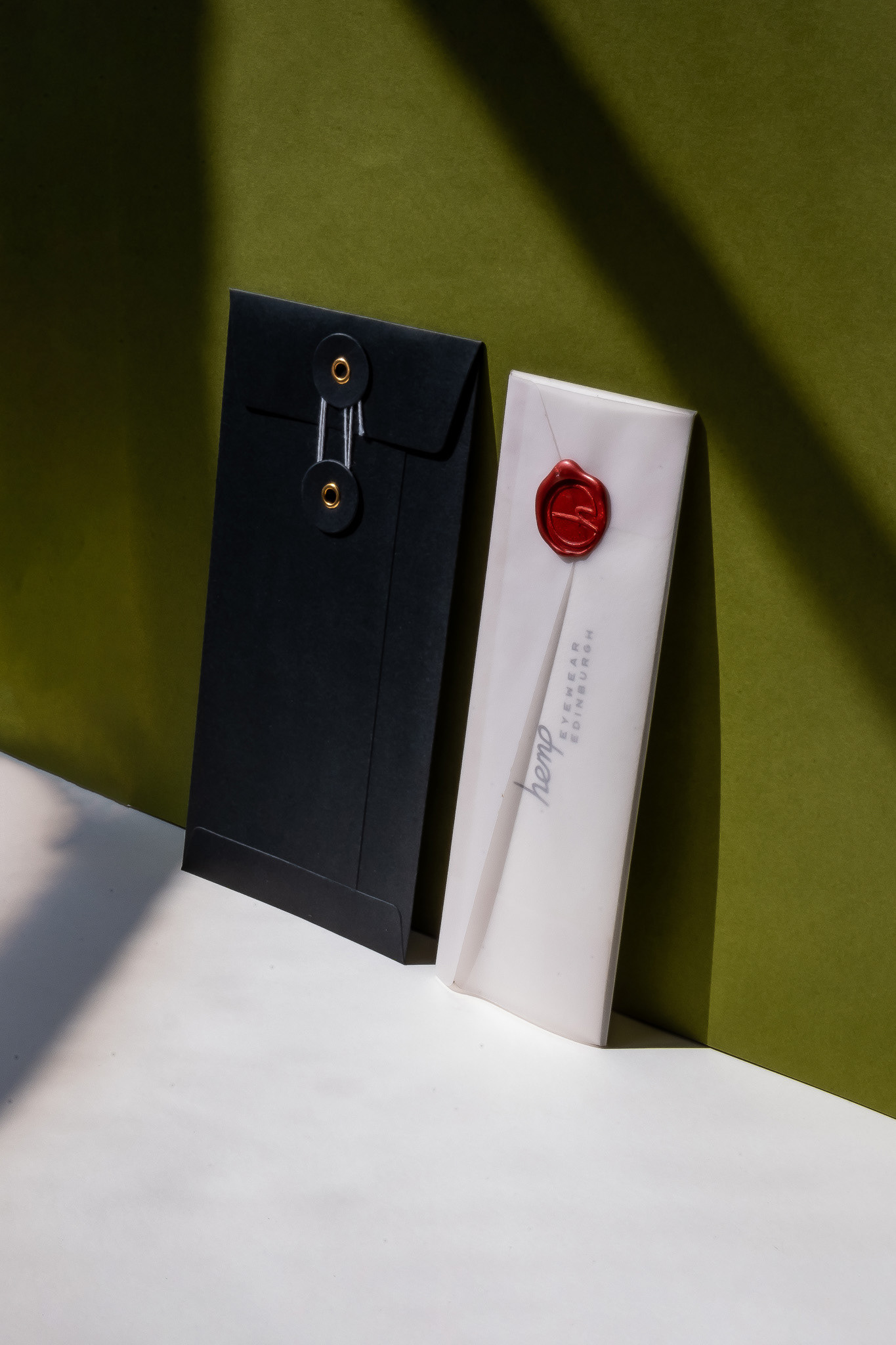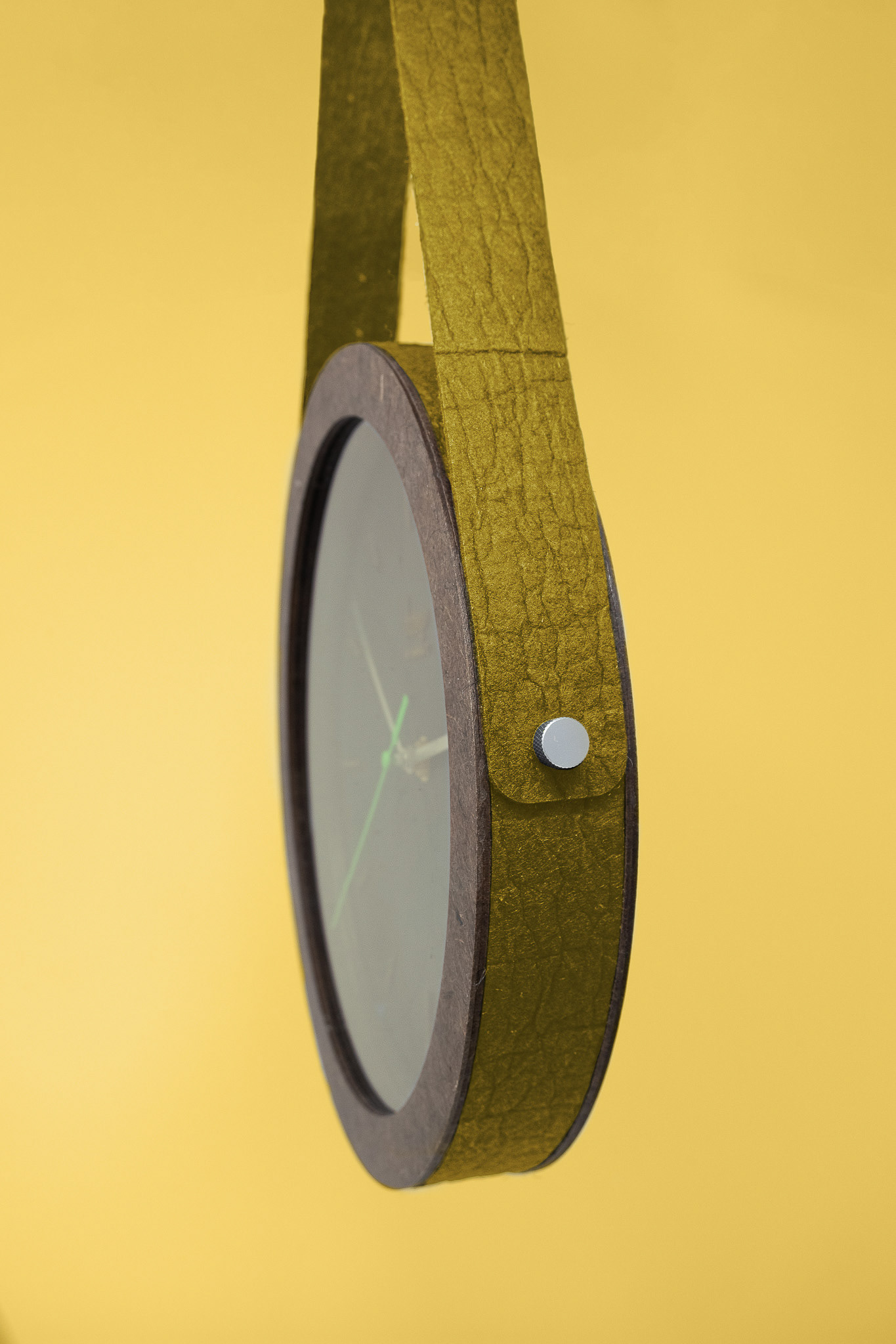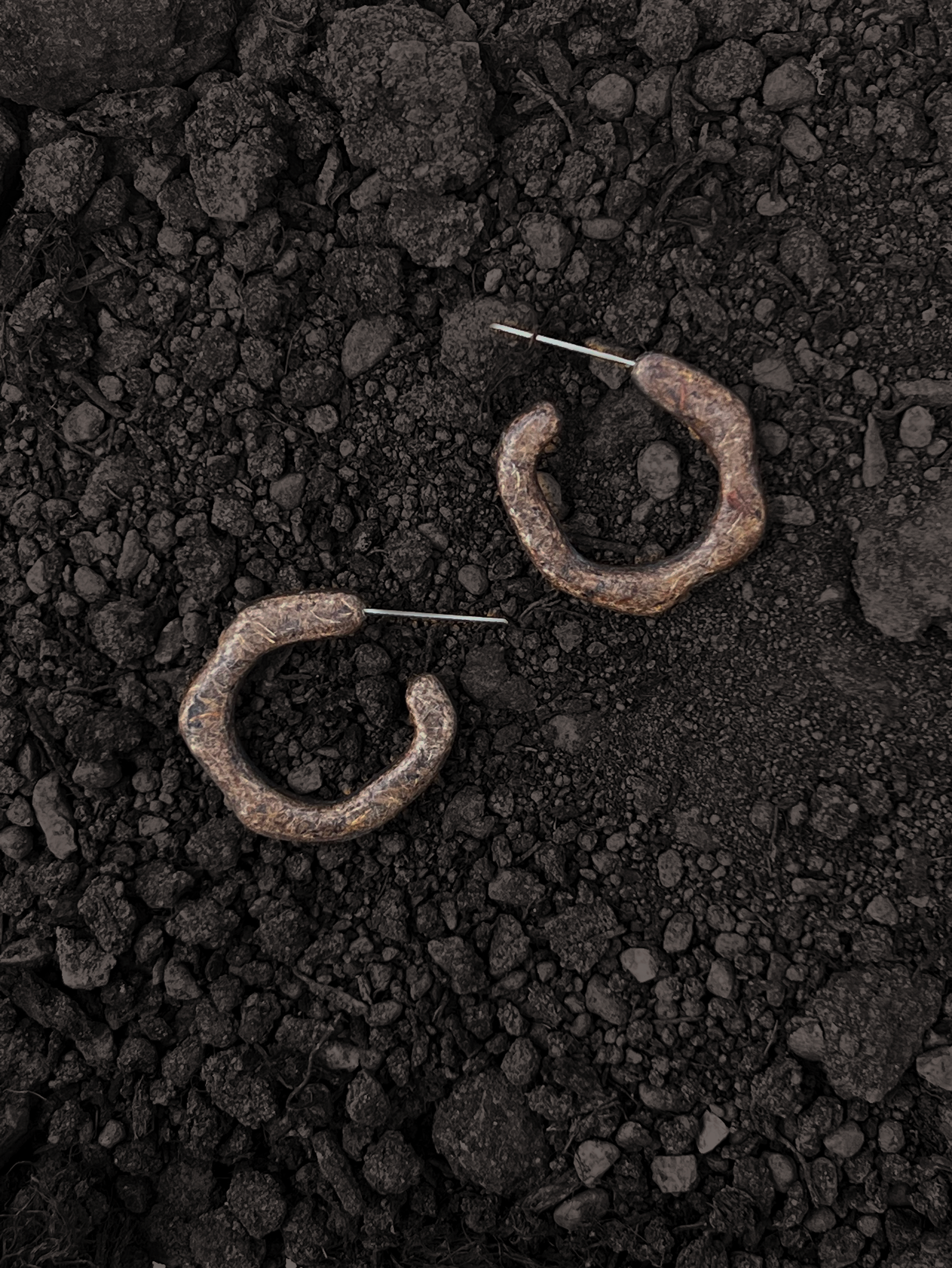DREGGS
University Honours Project
FURNITURE / TEXTILE / ART DIRECTION
OVERVIEW
The fashion industry ranks second only to oil in its contribution to the climate crisis. Despite this, awareness and concern remain lacking as major fashion brands promote consumerism and mask the issue of waste. To spark conversations and bring the problem into the homes, I aim to create a product that confronts this truth head-on.
CHALLENGE
Craft the furniture entirely from discarded textile waste sourced from the fashion industry, showcasing a diverse range of fabrics, textures, and colours.
Striking and unconventional design should instantly draw attention and spark curiosity, encouraging conversations about its significance.
An interactive feature that encourages users to engage with the furniture, fostering a deeper understanding of its underlying message.
Ensure the furniture maintains its practical functionality as a usable piece within a living space, such as a chair, side table, or decorative installation.
Integrate a rotating or modular element that allows users to rearrange portions of the furniture, symbolizing the ever-changing nature of fashion trends.
Incorporate elements that capture the essence of fashion, such as drapes, folds, and dynamic shapes.
OUTCOME
The project aimed to spotlight the vast textile waste from the fashion industry and redefine its potential. It featured a chair crafted entirely from fashion industry textile waste. The chair's design represented the industry's creativity through its cover, while the base symbolized the hidden waste in landfills. By placing this chair in homes, it serves as a constant reminder of the textile waste issue, prompting awareness and change.
DISCOVERY
Research revealed how significant and substantial the environmental impact is form the excessive waste it generates. Moreover, there appears to be a distinct lack of awareness regarding the extent of the fashion industry's negative effects on the environment, as the focus tends to be on promoting the finished products and fostering consumerism.
WHY DREGGS?
The project was aptly named 'Dreggs' when the journey of exploring the creative potential within fabric scraps commenced. Inspired by the notion of transforming these dregs, typically seen as waste, into valuable elements, the name perfectly encapsulated the project's essence. The choice to embrace a term with a subtle Scottish touch not only tied it to my identity as a designer but also emphasized the idea of redefining dregs as valuable resources.
ACHIEVING STRUCTURE
The project entailed creating three fabric boxes from quilts made of large fabric scraps. These boxes were stuffed in layers using ripped old clothes, smaller fabric scraps, and shredded materials to achieve distinct densities. Rope created from scraps were used to drop stich the boxes so that they could hold the shape. utilising these techniques resulted in both structural support from the fabric and a comfortable cushion for padding.
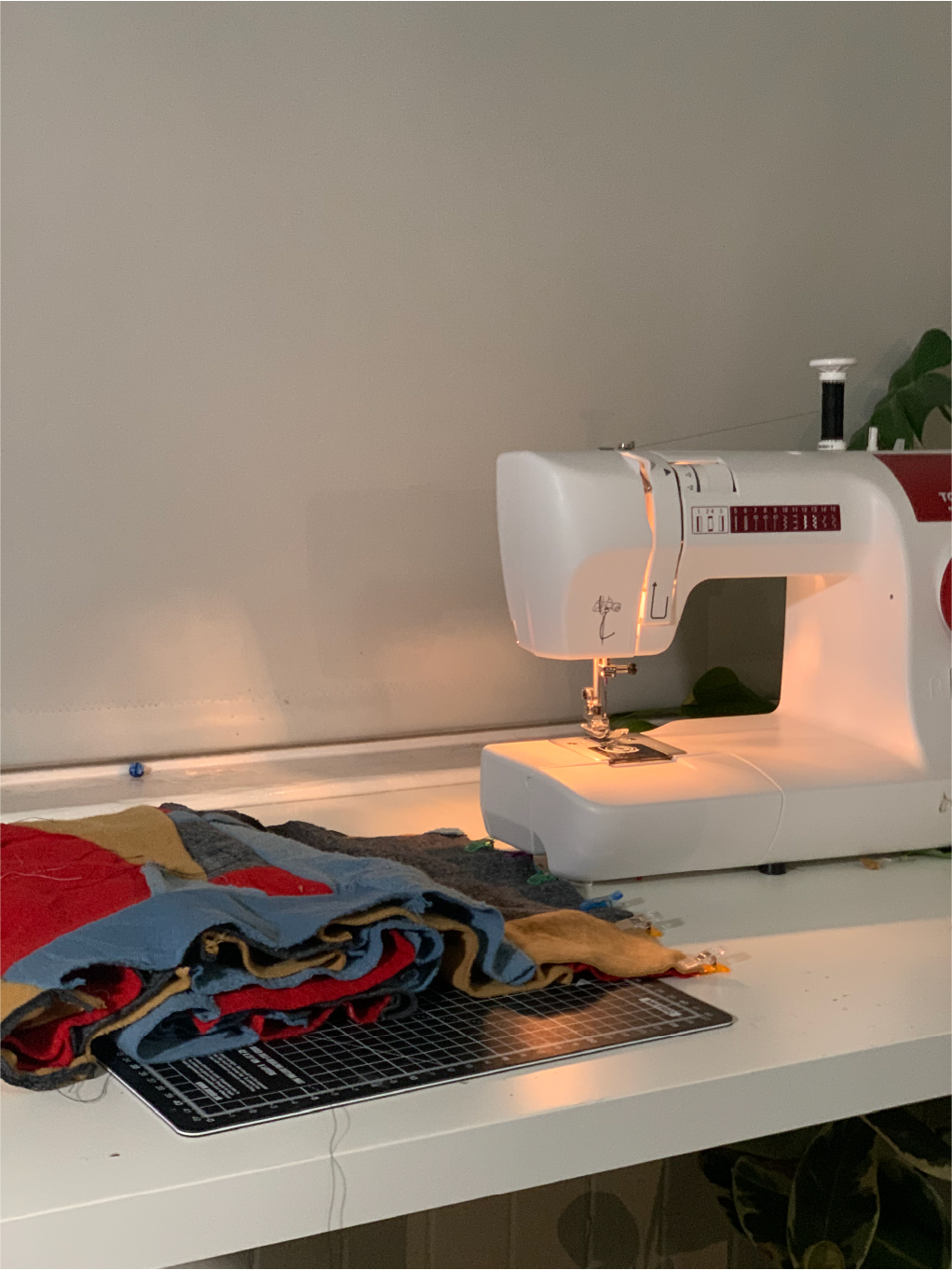
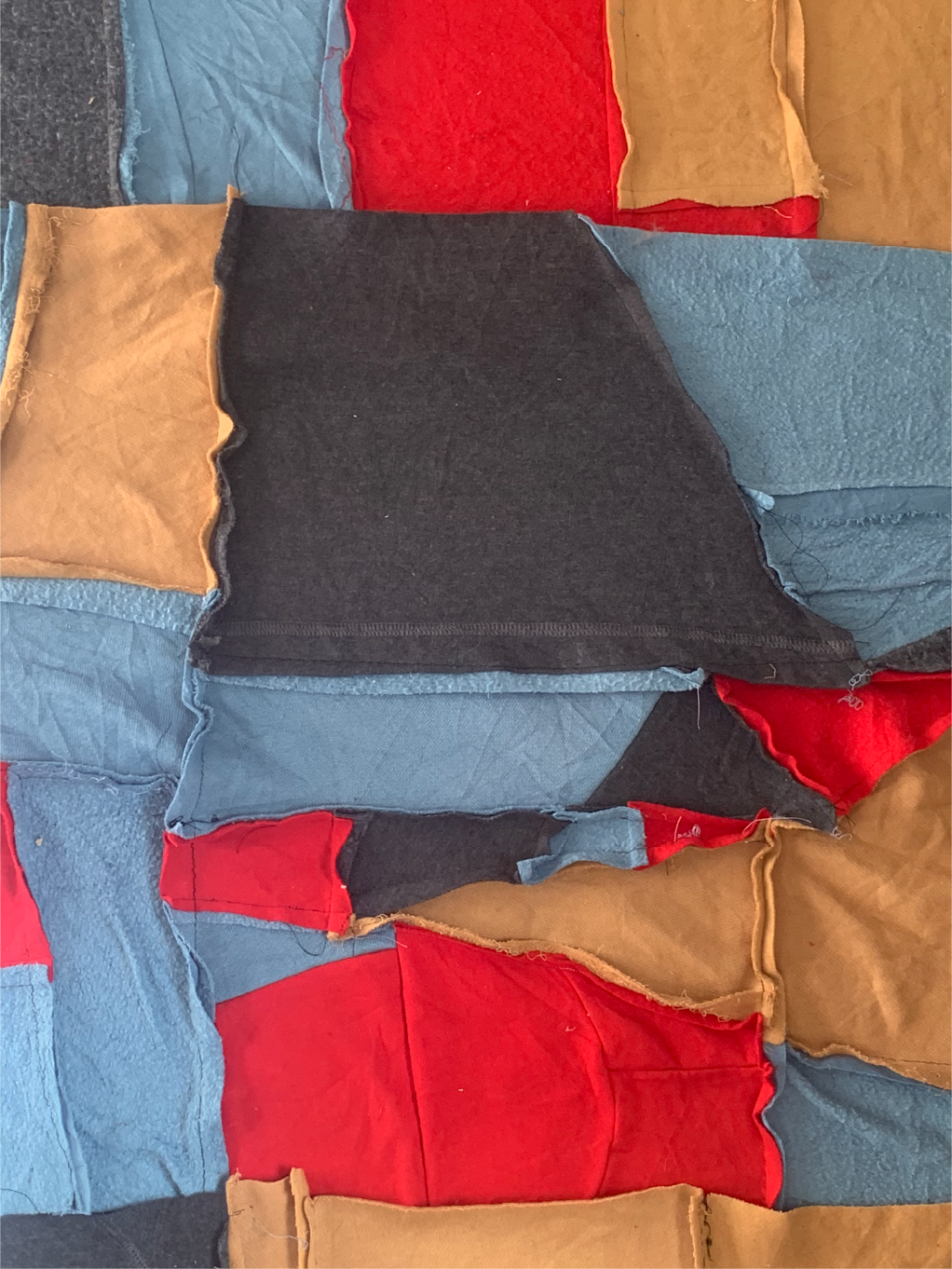
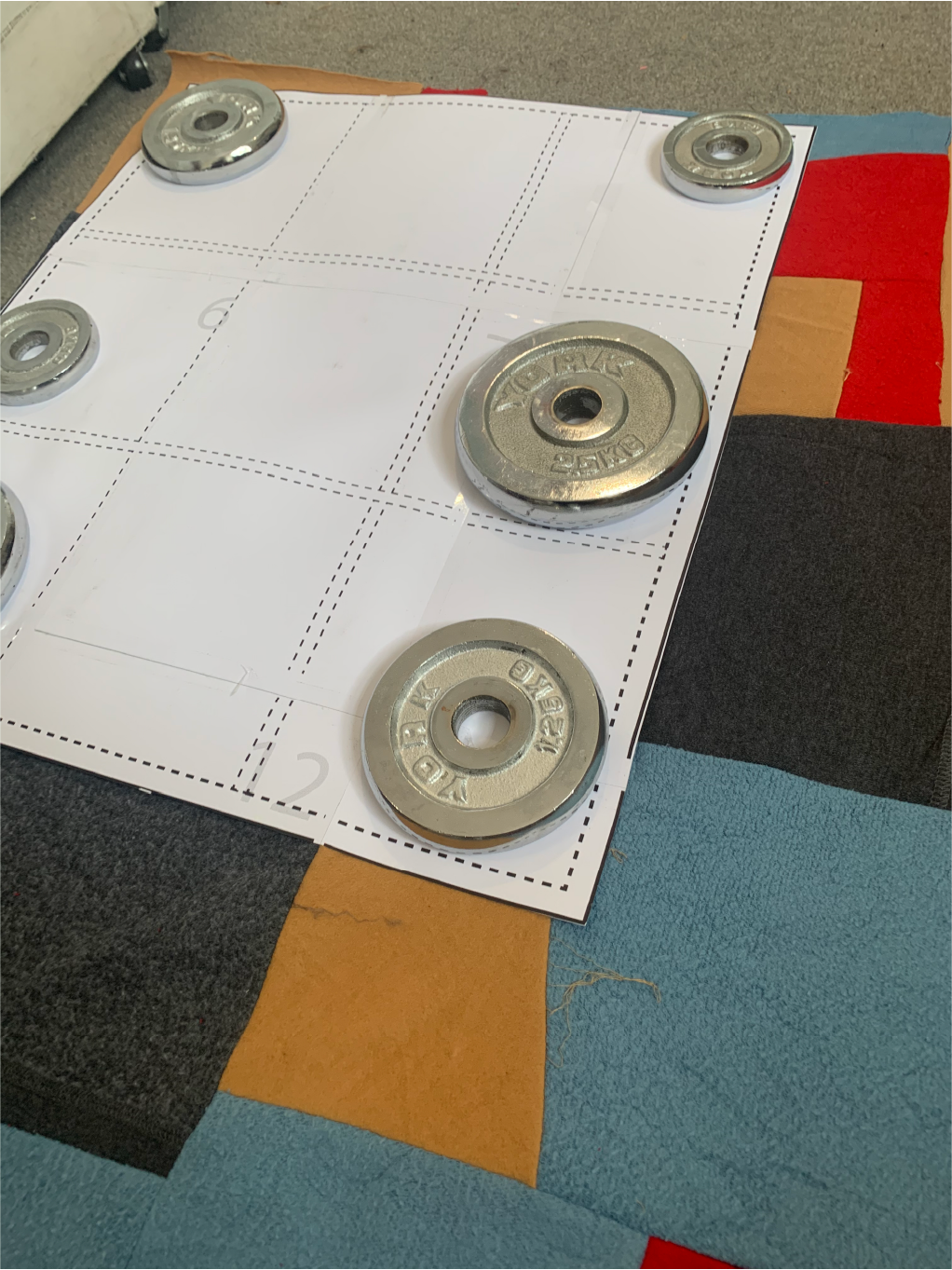
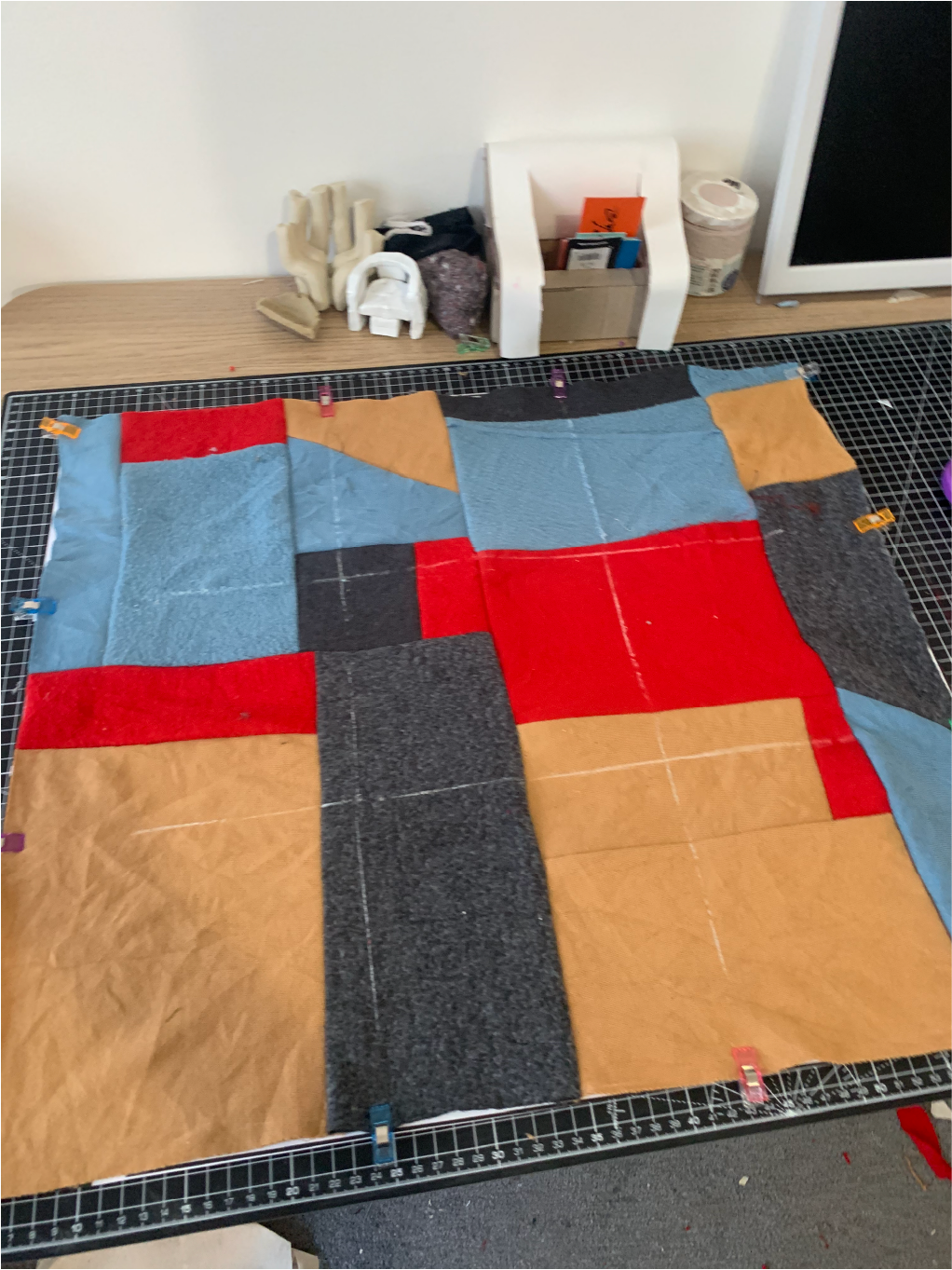
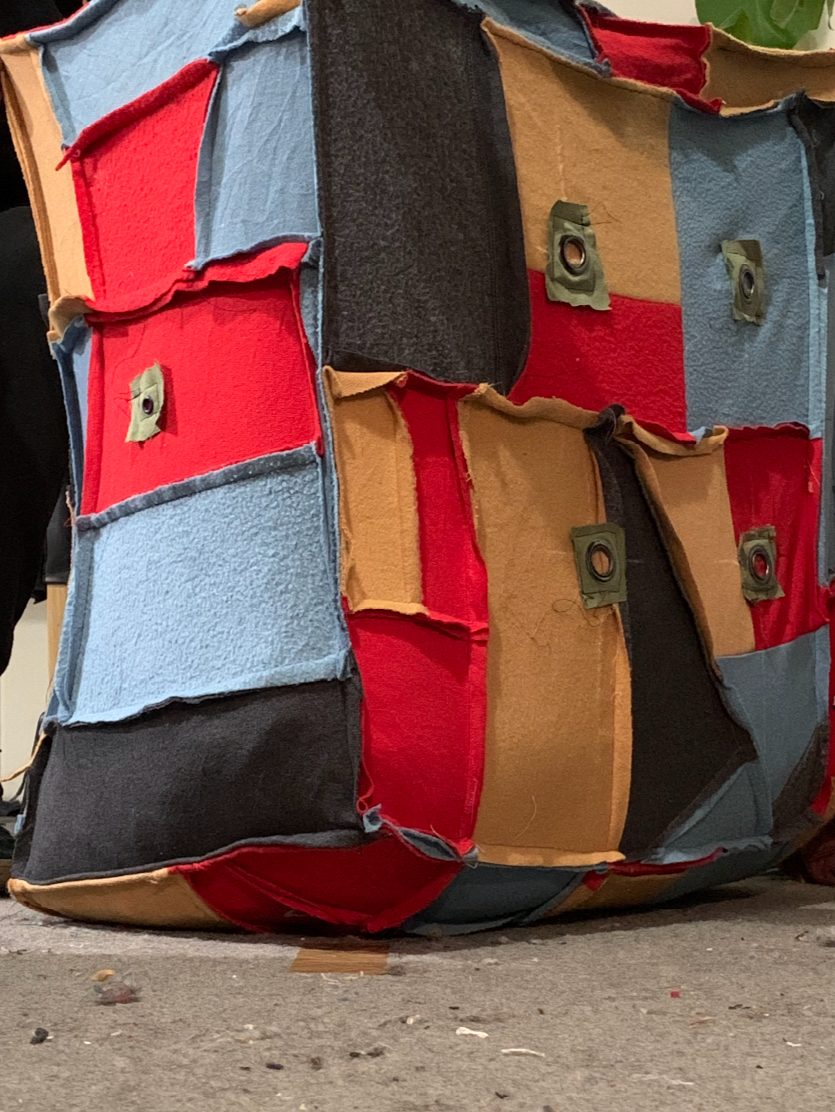
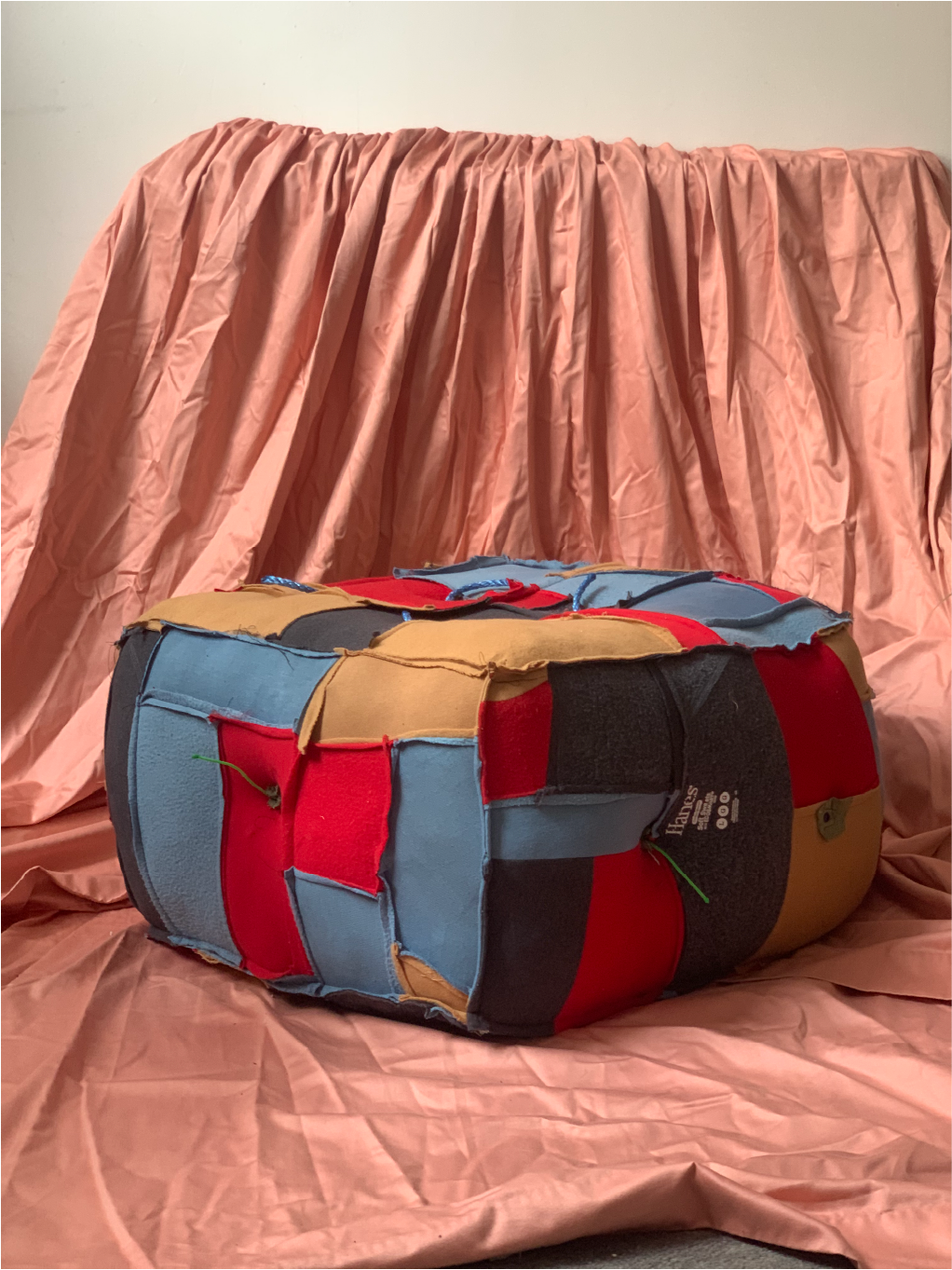
ASSEMBLY
The three sections unite, centred around the base. A belt and corset, fashioned from reclaimed clothing and old shoes, serve as the structural foundation. This innovative approach ensures that the back and sides can bear weight when leaned upon, eliminating the necessity for a rigid framework.
Thank you!
